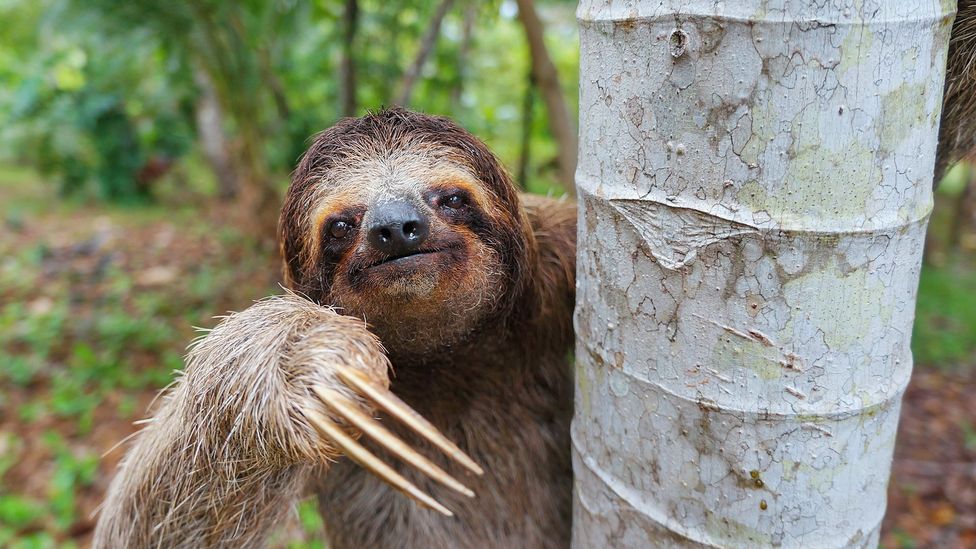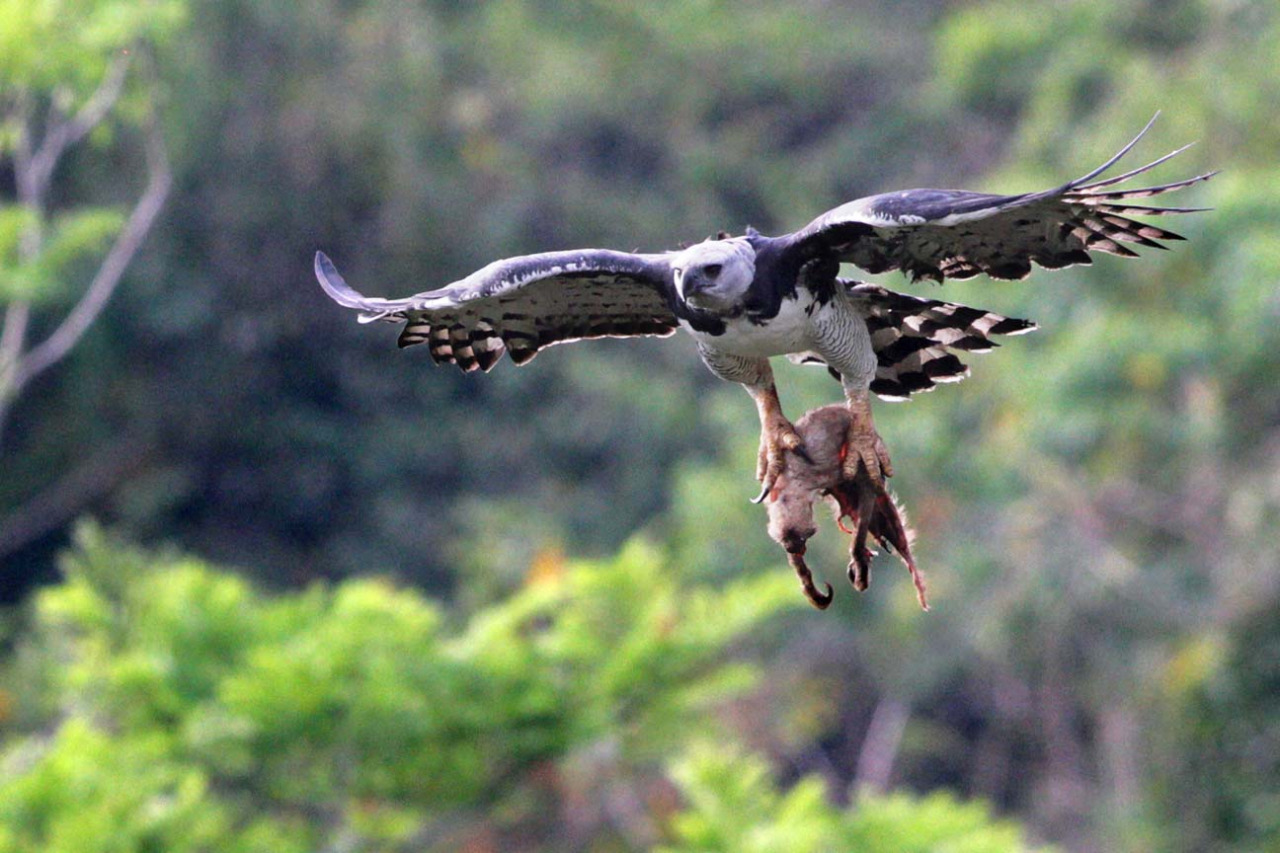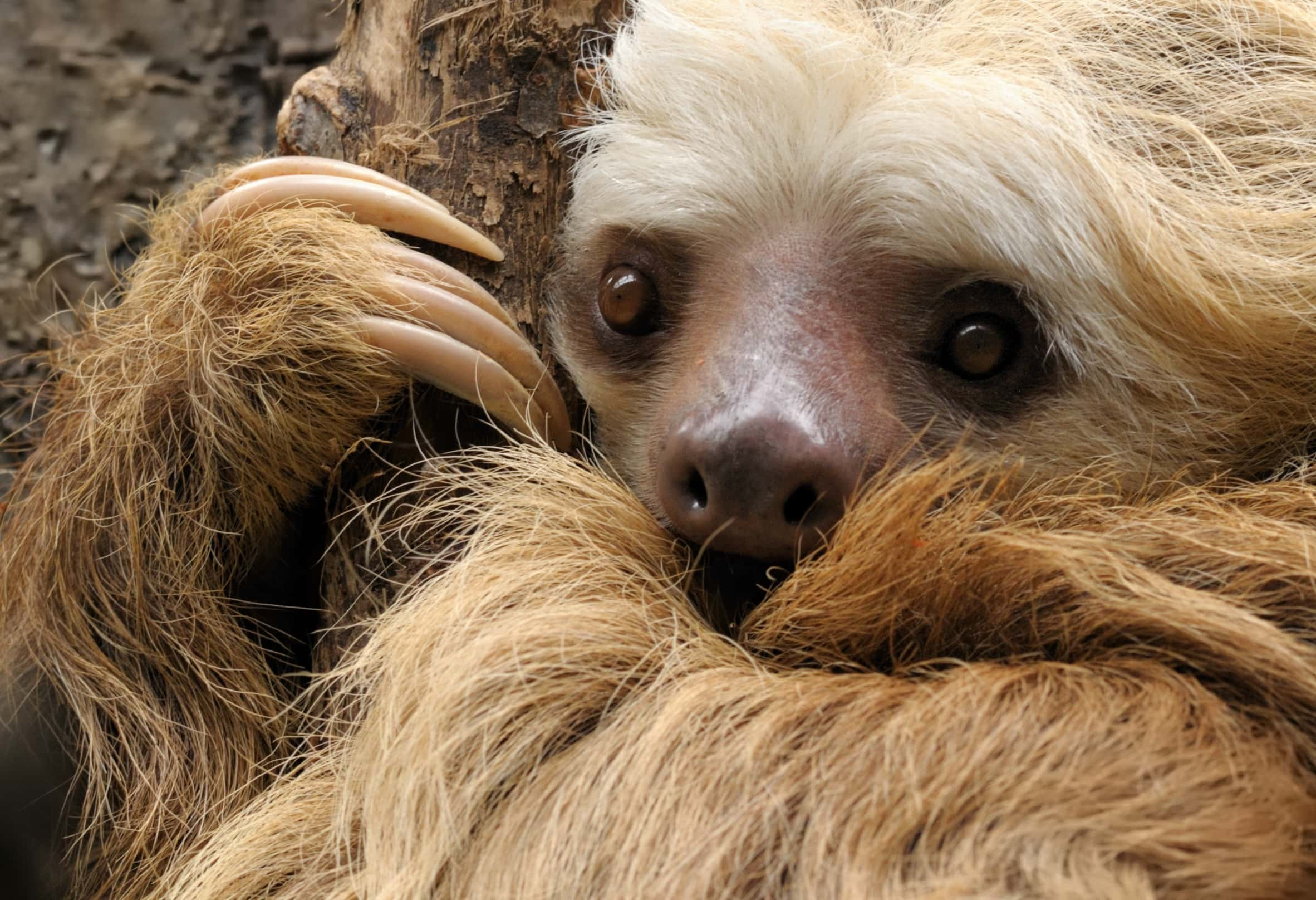

In their waking hours, the creatures use various survival tactics, such as their slowness, digestion rate, and camouflage, to keep themselves safe throughout the day.

Research shows that in most cases, they generally only sleep for 8-10 hours per day.
3 TOED SLOTH PREDATORS FULL
One fact that may come as a surprise is that they don't actually spend full days sleeping. They are unique animals, and there is a lot more to them than we may initially perceive. Sloth predators include jaguars, ocelots, and harpy eagles.ĭespite these threats, sloths are surprisingly resilient. Sloths are also at risk because of natural predators. Some Central American organizations estimate that 80-90 percent of trafficked sloths die in transportation and captivity. Unfortunately, these precious animals' livelihoods are under threat due to deforestation, degradation of the forests, and illegal trafficking. There are six sub-species of sloths, all native to South American and Central American rainforests. We address these questions and more below on sloth defense. So how do sloths defend themselves in the wild? What are their survival tactics? This inaccurate depiction has led to increased tourist interference and illegal trading of this species on the black market.Īside from the dangers imposed by humans, the animal kingdom also can pose threats to these creatures. Many people believe that they are just lazy animals that spend most of the day sleeping. However, there are a lot misconceptions about them! Phil Myers (author), Museum of Zoology, University of Michigan-Ann Arbor.Often thought of as soft, cute, and cuddly, sloths have become very popular. Smithsonian Institution Press, Washington. Mammal Species of the World, A Taxonomic and Geographic Reference. Johns Hopkins University Press, Baltimore. Walker's Mammals of the World, Third Edition. Orders and Families of Recent Mammals of the World. Their body temperature and metabolic rate are unusually low, and they thermoregulate partly by sunning.īarlow, J. Their senses of sight and hearing are poorly developed, and they probably forage almost entirely using their senses of smell and touch. The diet of these species consists almost entirely of leaves. They are also preyed upon by mammalian predators such as cats, and by snakes such as boas and anacondas. It has been suggested that their slow and deliberate style of moving is a defense against visually-orienting hawks and eagles. Their movements in the trees and on the ground are very slow and deliberate, but they are capable of slashing rapidly with their claws in defense against predators. They rarely descend from the trees, coming to ground once every 8 days to defecate, and occasionally to cross open ground. Three-toed sloths are solitary and arboreal. Members of this family have 9 cervical vertebrae, 2 more than the number found in almost all other mammals. The anteriormost teeth are smaller than the more posterior ones, and the anterior upper teeth do not occlude with the anterior lower teeth. Each tooth is a simple, ever-growing peg surrounded by a thin layer of dentine (but no enamel) and coated with cementum. Incisors and canines are lacking and the number ofĬheek teeth is reduced to 5/4-5 = 18-20.

The teeth of three-toed sloths are highly distinctive. AĬondyloid process is elevated above the level of the toothrow.
:max_bytes(150000):strip_icc()/maned-sloth--bradypus-torquatus--hanging-in-tree--brazil--low-angle-70008290-56bf004088834e6da74683baccb978bb.jpg)
Jugal is present, and at its termination it forks broadly into dorsal and ventral processes. The profile is somewhat flattened dorsoventrally. The claws are separate, but the digits to which they attach are syndactylous. Fore and hind feet have three enlarged, hook-likeĬlaws. The forearms of three-toed sloths are longer than the hind limbs. Bradypodids have a short and very stout tail. Three-toed sloths are mostly tan or yellow-brown in color (with some contrasting markings on the face and mane), and the grooves in the individual hairs contain algal cells that give the coat a greenish cast. Individual hairs are directed so that they point towards the ground when the animal hangs beneath a branch, perhaps helping it shed rain. Some have unusually long neck hairs, which form a mane. Beneath the overfur is short underfur of finer texture. They are covered with dense, long, shaggy fur made up of thick hairs with longitudinal grooves. Three-toed sloths weigh 3 - 5 kg their bodies run around 0.5 m in length. It is distributed through Central and South America, south to southern Brazil. This family includes 3 Recent species in one genus, Bradypus.


 0 kommentar(er)
0 kommentar(er)
